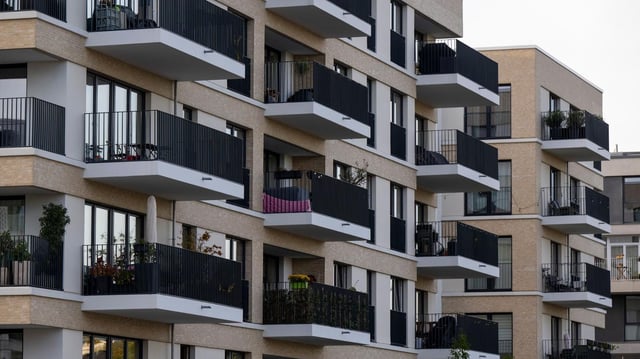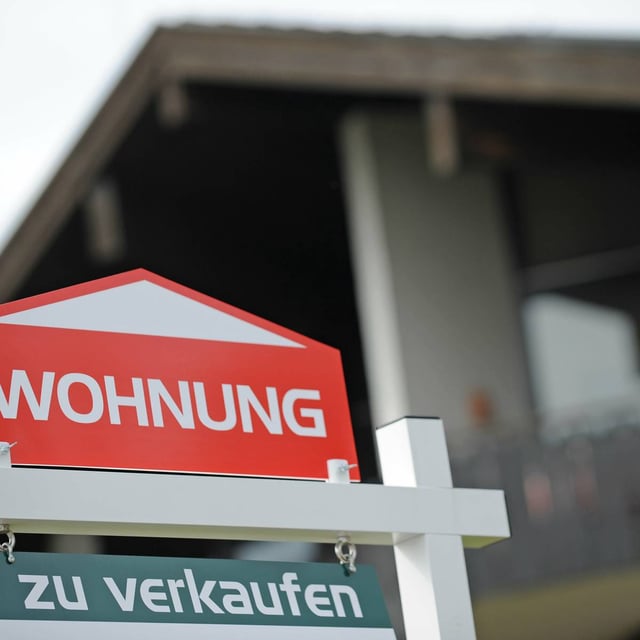Overview
- German households allocating 18.3% of disposable income to mortgage payments still face a 4.2-point premium over the 14.1% average rent burden in 2024.
- Munich and Berlin stand out with financing costs at 43.6% and 43.3% of income respectively, while Berlin renters shoulder the country’s highest rent burden at 27.1%.
- Almost half of households reside in 226 districts where buying adds no more than a four-point margin over renting.
- In Mansfeld-Südharz and other rural eastern districts, homeowners now pay a lower share of income for purchase than tenants, saving over three percentage points.
- Post-2022 rate hikes triggered falling purchase prices and rising rents, driving year-on-year shifts that make buying relatively more attractive across many regions.



